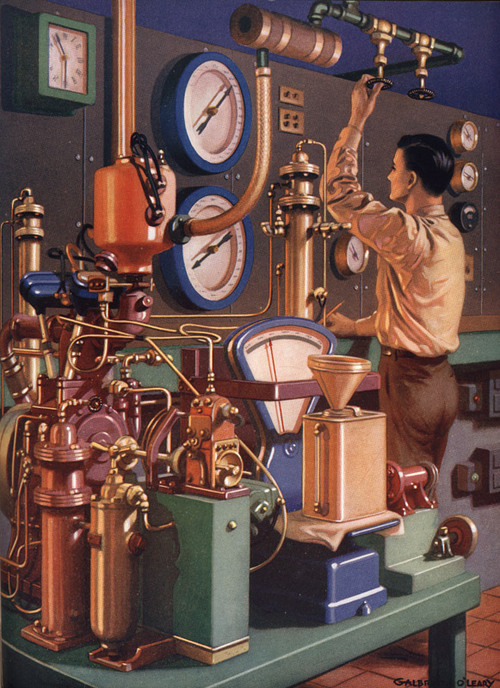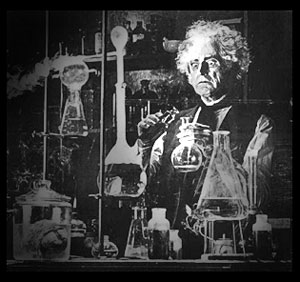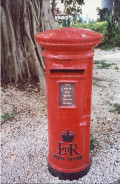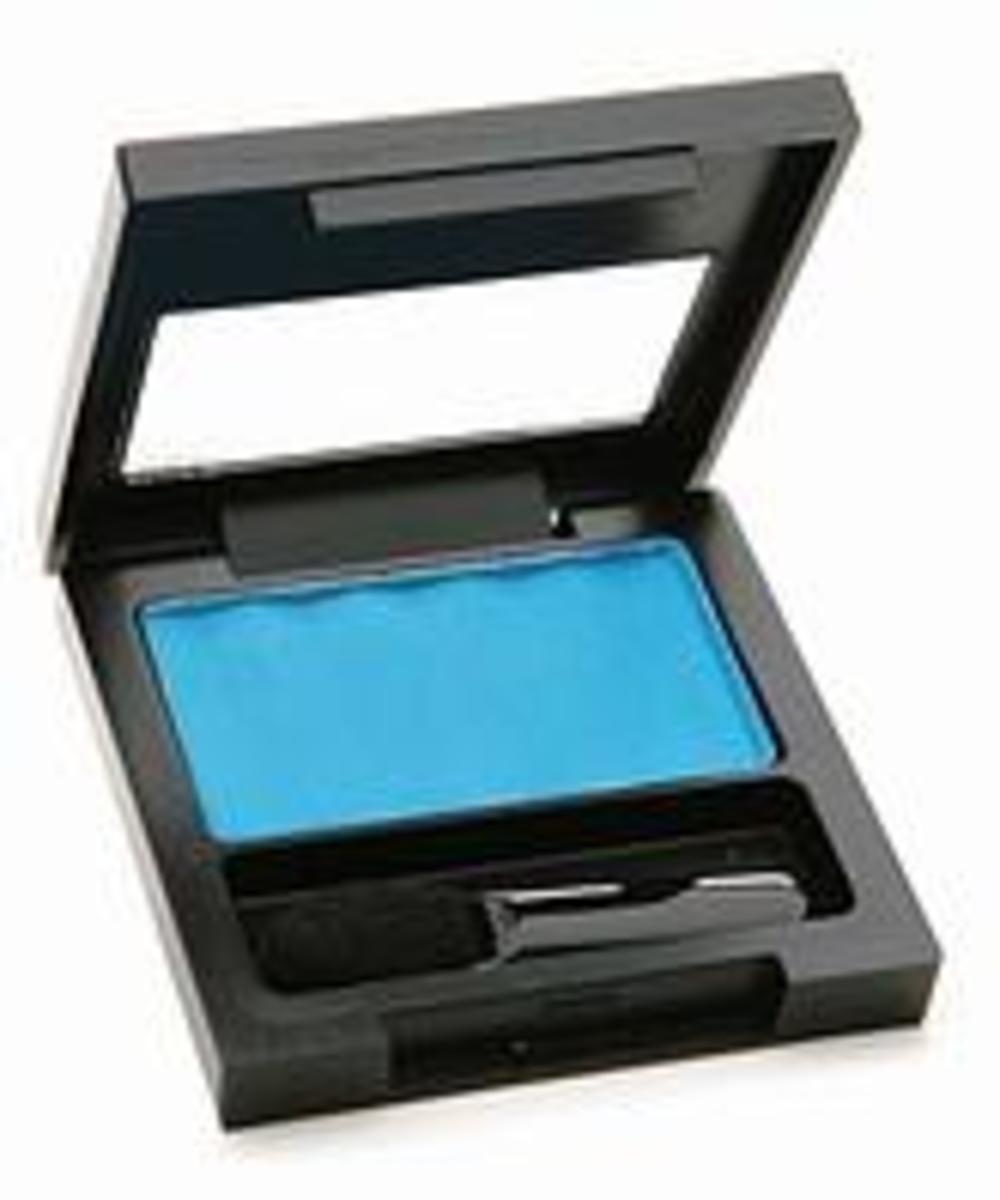- HubPages»
- Books, Literature, and Writing»
- Commercial & Creative Writing»
- Creative Writing»
- Humor Writing
How To Write Like a Scientist

You Can Do It
You've read the writing on the lab wall. You might not have understood it, but you've read it, and like me you probably thought “that guy's got more brains in his little finger than I have on my sandwich.” See? You can't even get your metaphors right, and therein is your first bonus lesson: Scientists don't use metaphors. Besides, cow-brain sandwiches are illegal now on of account of you might get Mad Cow. Or, as a scientist would write, “Human consumption of the cerebrum matter of the Bos taurus or related bovid mammals is currently interdicted by legislation related to the potential for Bovine Spongiform Encephalopathy—or BSE—contraction.” Head spinning? Never fear. It's easy.
Scientists nowadays still communicate as they’ve done since the beginning of time, or at least since there was stuff to write about and people who wanted to write about it and come off as being smarter than you and me. Like it’s everybody else’s job to figure out what the heck they’re talking about. Granted, in scientific writing there is a need for absolute accuracy which, at times, can lend an air of pompous pedantry to their efforts, but you can bet your bunsen burner that a lot of it is simply them being a smart ass, or Inflatus Ass Forumen (Oh, yeah, it's always good to throw in some Latin).
As promised, it's easy and I can teach you how, and only in five easy steps. There are just three things you will need to get started. Firstly, change your attitude. No longer is 'science' a body of facts that you learn, but rather you are a practitioner of ,'science'. In other words, science doesn't thrust itself on you, you thrust yourself on science. You'll be surprised how this little adjustment in your outlook will influence your scientific writing. Also, you will need a thesaurus and a dictionary. Got 'em? Good. Let's get started. Here are the five rules for writing like a scientist.
Never Use One Word When Two or More is Better
Rule 1: Forget about the word “likely.” That word is way too simple. Instead write “plausible.” OK. Good. But that's still not enough words, so bump it up and flip it around to “it is not implausible.” Now you have what I like to call your “Confusionary Core.” And once you have your CC you can parlay it into “current available evidence would tend to indicate that it is not implausible to hypothesize...” Now isn't that better than just writing "likely?"
Now that you have mastered (hopefully) the art of the CC, you're halfway home. Now it becomes a matter of doing this over and over again, sentence after sentence, with a few more tips and tricks thrown in for the full effect of scientific pomposity. Let's continue to...

Put Your Basic Thought Into a Multitudinous Assertion
Rule 2: Let's say you observe that I often write about really stupid things. You could just say that and everyone would understand what you were talking about, but you won't come off looking any smarter than I. Worse, you might look stupid too. Instead write, “Through thorough quantitative analysis of the subject's body of work, available evidence tends to be indicative that the aforementioned writer (a term loosely applied in the present example), one Christoph Reilly, feels disposed to topics and subject matters universally acknowledged as sophomoric and nongermane to society as a whole.” See? That's a good one. You started out just wanting to say I wrote about stupid thi...Hey...wait a minute...!
Here's a couple of quick ones. If you noticed your cat puked on your new carpet, report that “conducting visual investigation into a discolored, viscous substance on the recently acquired wall-to-wall floor covering, led irrevocably to the conclusion that the resident feline of this shared habitat has disgorged a portion of his evening sustenance.” Resist the impulse to say, “So I tied him up by his rear paws and hung him outside in the rain,” and say rather, “The offending creature was subjected to behavioral modification therapy whereby he was secured by his rear pedal extremities and carefully placed outside during a period of heavy precipitation.” See? It's not only easy, but fun.
"You will have your reader scratching his head and reaching for the whiskey bottle."
State the Obvious Unintelligibly
Rule 3: Writing “the proven result of the expended efforts of U.S. Postal employees is identical placement of materials designated for specific and individual persons at multi-national locations,” will have your reader scratching his head and reaching for the whiskey bottle secreted under the couch. After an hour or so, he may finally conclude that "a mailman delivers mail to an addressee." Try testing yourself on this one: “You buy gas at a gas station.”
Kudos to you if you came up with something like “motor vehicles and many tools require the use of a liquid energy source, usually gasoline, deisel, ethanol or some alternate derivative, usually and almost exclusively available at fee-based businesses—commonly called “stations”—dispensing said fossil fuels.”

Say What You Are Going to Say Before You Say It
Rule 4: This is tantamount to Babe Ruth pointing out where he's going to hit a home run before he hits it. First up, the quick lead in: “In the following section, actions of the board will be categorized, explained, and determinations extrapolated.” Once you've got that mastered, you will have the fortitude for the multi-level introduction: “Perhaps most importantly, a thorough examination of board actions, policies, and inherent resolutions contribute to overall comprehension of the subtle intricacies involved in any complex endeavor and its recognized beneficial properties.”
You can also try to old “switheroo,” which simply states what you have said after you have said it. Simply take the above example, tack it on the end of your statement, and remove “perhaps most importantly” and instead begin the sentence with “as clearly evidenced by the facts presented above...”
Defend Your Writing Style. You're a Scientist for Crissake!
Rule 6: Treat with contempt any clear, concise writing. It is below you. You are doing important things and your reader can either keep up or get off the ride. Like hanging a sign reading “you must be THIS smart to read this paper.” If they can't understand it, then they aren't worthy of your intelligence. Put it thusly: “We in the scientific community must engage in detailed, accurate description of multitudinous criterion targeted at unequivocal conclusions and logical suppositions, presented in factual, art-free, written documentation, utilizing existing nomenclature and unencumbered by accessibility issues.” In other words, bug off!
The Verifiable Termination
If you write this way, you will be perceived as serious, studious, and smarter than your average bear. Oh sure, you'll also come off as an Inflatus Ass Forumen, but that's the point. After a few times, it will become second nature to you and you can strut your pompous stuff at school, at work, at home, and at play. Good luck, you scientist you, and happy obfuscation!








